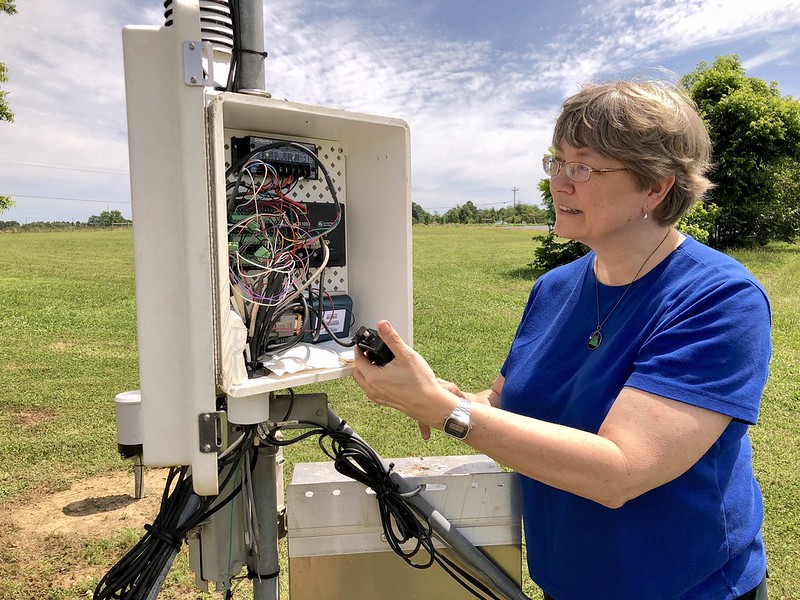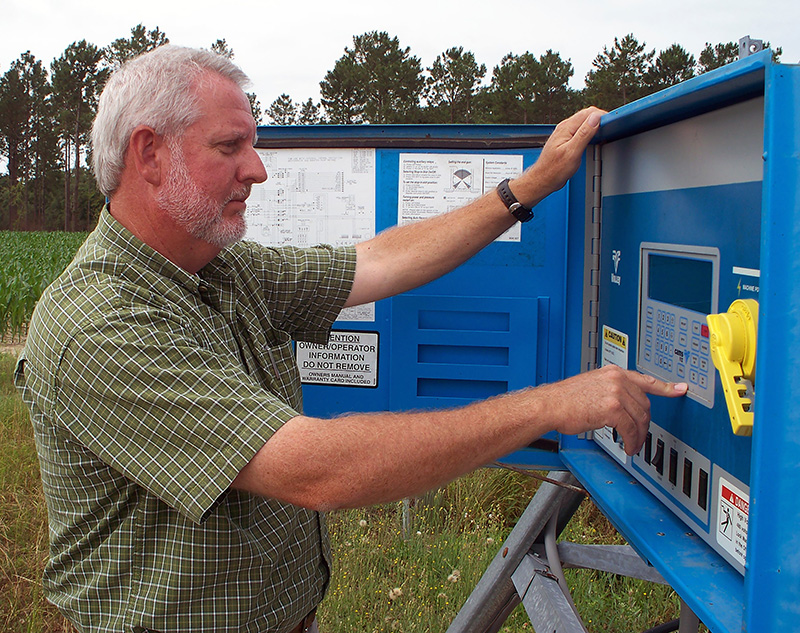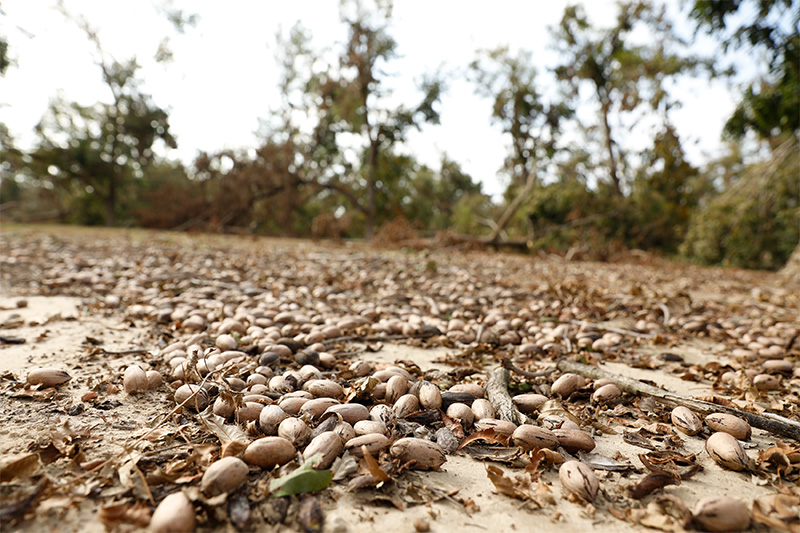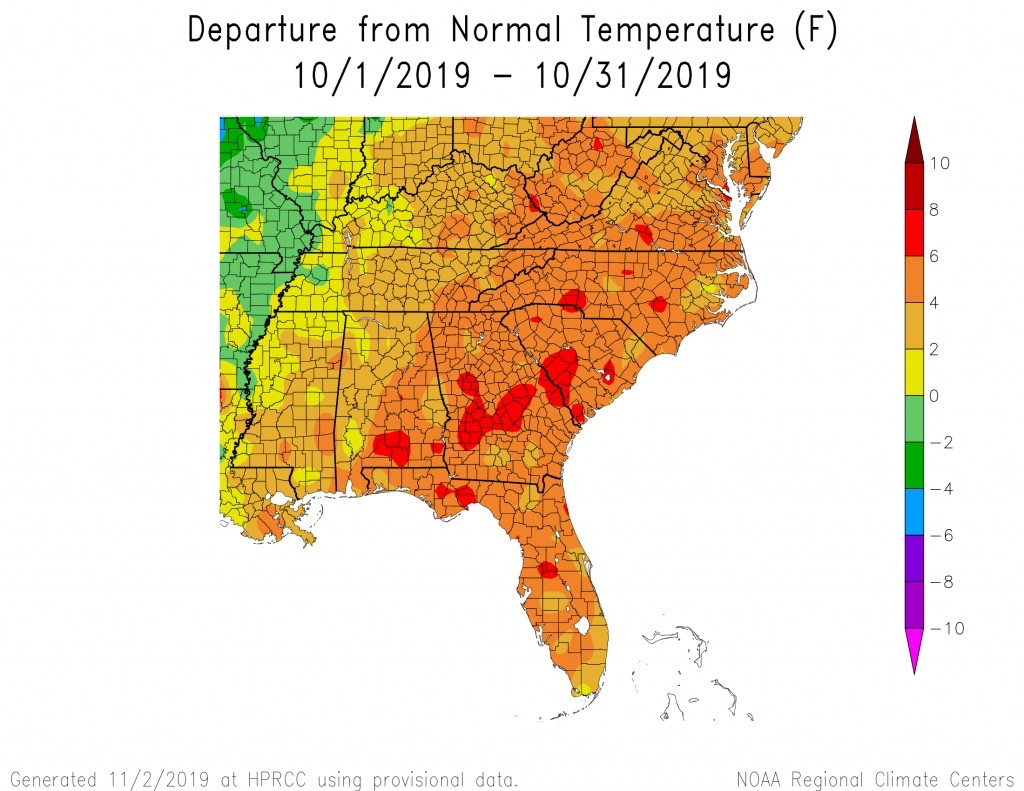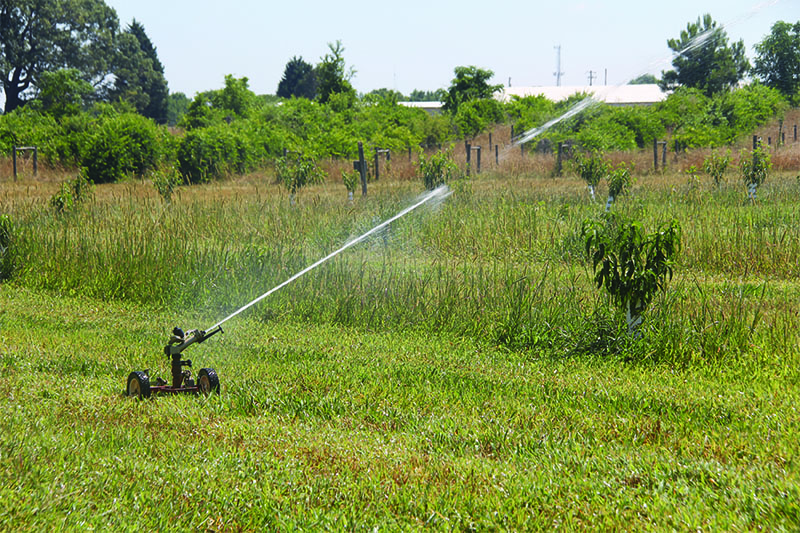Generous rainfall since the middle of June has reduced the most severe aspects of the current drought. Parts of Georgia, however, still have drought conditions.
Soil moisture is adequate for current needs across three-fourths of the state, according to the Georgia Agricultural Statistics Service. Only 16 percent of the state reports short to very short soil moisture conditions. The remaining 10 percent of the soils have a surplus of moisture.
While top soil moisture is adequate for current needs, soil moisture reserves remain minimal. Two weeks with little or no rain will put crops and lawns right back into a short-moisture situation.
Because of the small soil moisture reserve, central Georgia is still classified as being in severe drought. Moderate drought conditions remain in southwest, south central, east central and northeast Georgia. The rest of the state is classified as being near normal.
Total rainfall for the week ending July 13 ranged from 0.2 inches at Cordele to 3.6 inches at Rome. Other places with more than 3 inches include Calhoun, Ellijay, Fort Valley, Midville, Rome, Savannah and Statesboro.
Less than an inch was reported at Clark-Atlanta University, Cordele, Dixie, Eatonton, Griffin, Plains and Tifton.
Water is lost from the soil through evapotranspiration, or evaporation and plant transpiration.
Soil moisture normally decreases across Georgia during the summer. From the middle of June to the middle of July, it is not uncommon for evapotranspiration to be 3 to 5 inches greater than total rainfall.
However, this year, most of the state has had a water surplus since mid-June. A few places with a moisture deficit since then include Attapulgus, Cordele, Eatonton, Fort Valley, Gainesville, Lafayette, Plains and Statesboro.
Updates of current moisture conditions are available at the University of Georgia moisture web site: www.griffin.peachnet.edu/caes/drought. Or contact your county extension agent.
Rainfall data is from the University of Georgia Automated Environmental Monitoring Network www.griffin.peachnet.edu/bae. Drought conditions are based on the Palmer Drought Severity Index, which is calculated by the National Weather Service Climate Prediction Center.


